Washington, D.C. – October 3rd 2025
In the aftermath of a fatal Florida collision that killed three people, the U.S. Transportation Department has unveiled dramatic reforms in how noncitizens receive commercial driver’s licenses (CDLs). The action is one of the most dramatic shake-ups of trucking regulation in decades and is already creating political, legal, and economic ripples throughout the country.
The Triggering Incident and Legal Fallout
On August 12, 2025, Harjinder Singh, age 28 and of Indian descent, was driving a semi-truck that made an illegal U-turn on the Florida Turnpike in Fort Pierce. His movement obstructed traffic, causing the truck to collide with an approaching minivan carrying three passengers, all of whom died. Singh, who sustained no injuries, was subsequently arrested and brought from California to f lorida to be charged.
Singh pleaded not guilty to charges of vehicular homicide and is under increased scrutiny for his immigration status. The authorities assert that he crossed into the country illegally and gained his CDL through California, leading to concerns regarding state oversight and enforcement.
New Rules for Noncitizen Drivers
To this, the federal government has responded with stricter qualification requirements for noncitizens applying for CDLs. From here on out, only those with H-2A, H-2B, or E-2 visas qualify. In addition, CDLs issued under this provision will expire no more than one year from issuance or upon expiration of the visa—whichever is sooner.
All American states will henceforth be compelled to check applicants’ immigration status against a federal database prior to issuing or renewing a CDL. Those states that do not comply with these new standards face loss of essential federal funding.
Transportation Secretary Sean Duffy has clarified that current license holders will still retain their status until renewal, yet all applications by noncitizens in the future will strictly be curtailed.
Visa Freeze and English Proficiency Enforcement
At the same time, the State Department, under Secretary of State Marco Rubio, announced an instantaneous halt on all worker visas for commercial truck drivers. The pause aims to permit review of vetting measures and avoid what officials perceive as a disconnect between safety, language proficiency, and monitoring.
At the same time, the DOT is implementing an executive order mandating English proficiency among truck drivers—reading road signs as well as conducting business in the field. The drivers can now be disqualified by inspectors based on poor language skills.
California, Washington, and New Mexico have been targeted for not effectively removing noncompliant drivers. If compliance is not met, they risk losing hundreds of millions of dollars in federal highway funds.
Impacts and Concerns
Driver Shortage and Displacement Risks
The US trucking industry was already short by about 60,000 drivers. The new regulations could further widen the gap, since so many noncitizen drivers and visa recipients are now dealing with uncertainty regarding their future in the field.
Some of the impacted have already voiced concern for their livelihood. In New York, for instance, visa-based drivers fear that their licenses will expire or fail to be renewed .
State vs. Federal Tensions
Those states that permit issuance of driver licenses without regard to immigration status—like California—are resisting, motivated by public safety, integration, and the necessity of inclusive policies. The federal government’s threat to deny funding ratcheted up this tension.
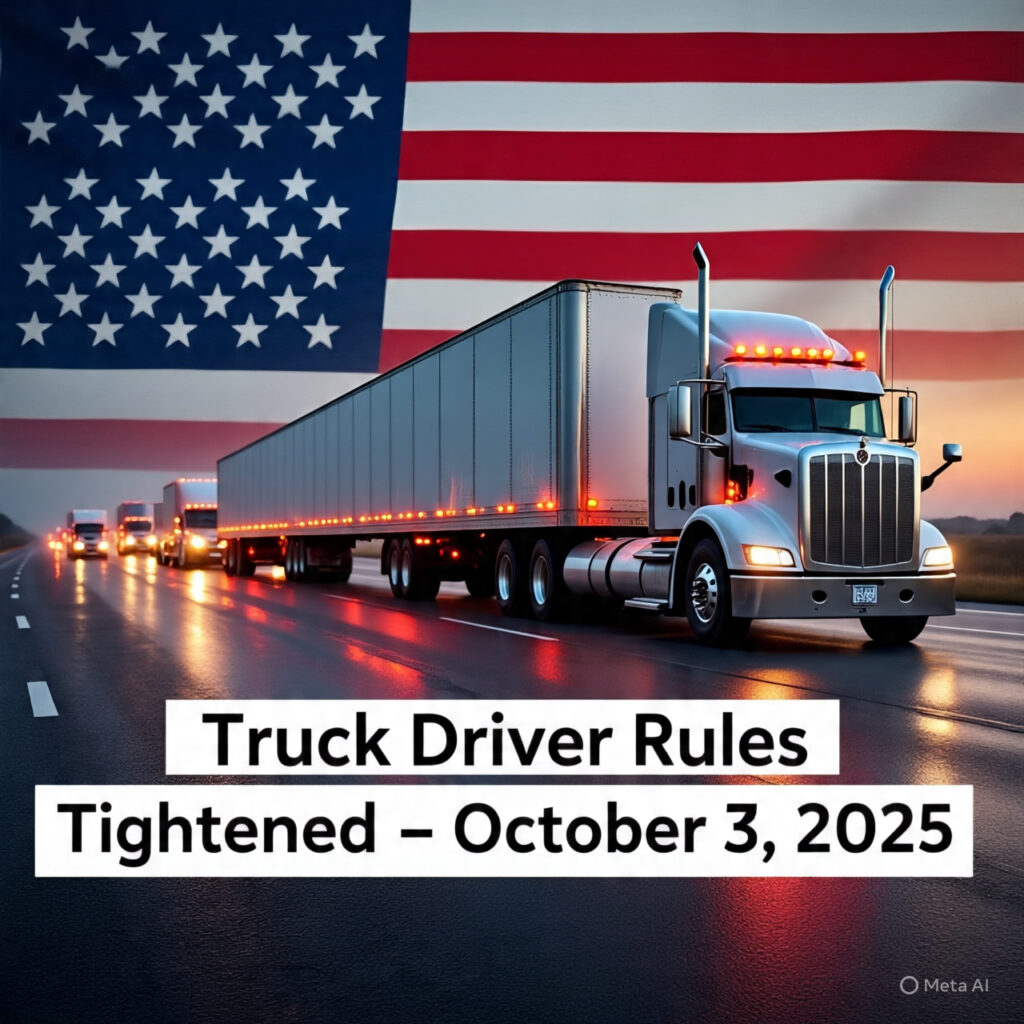

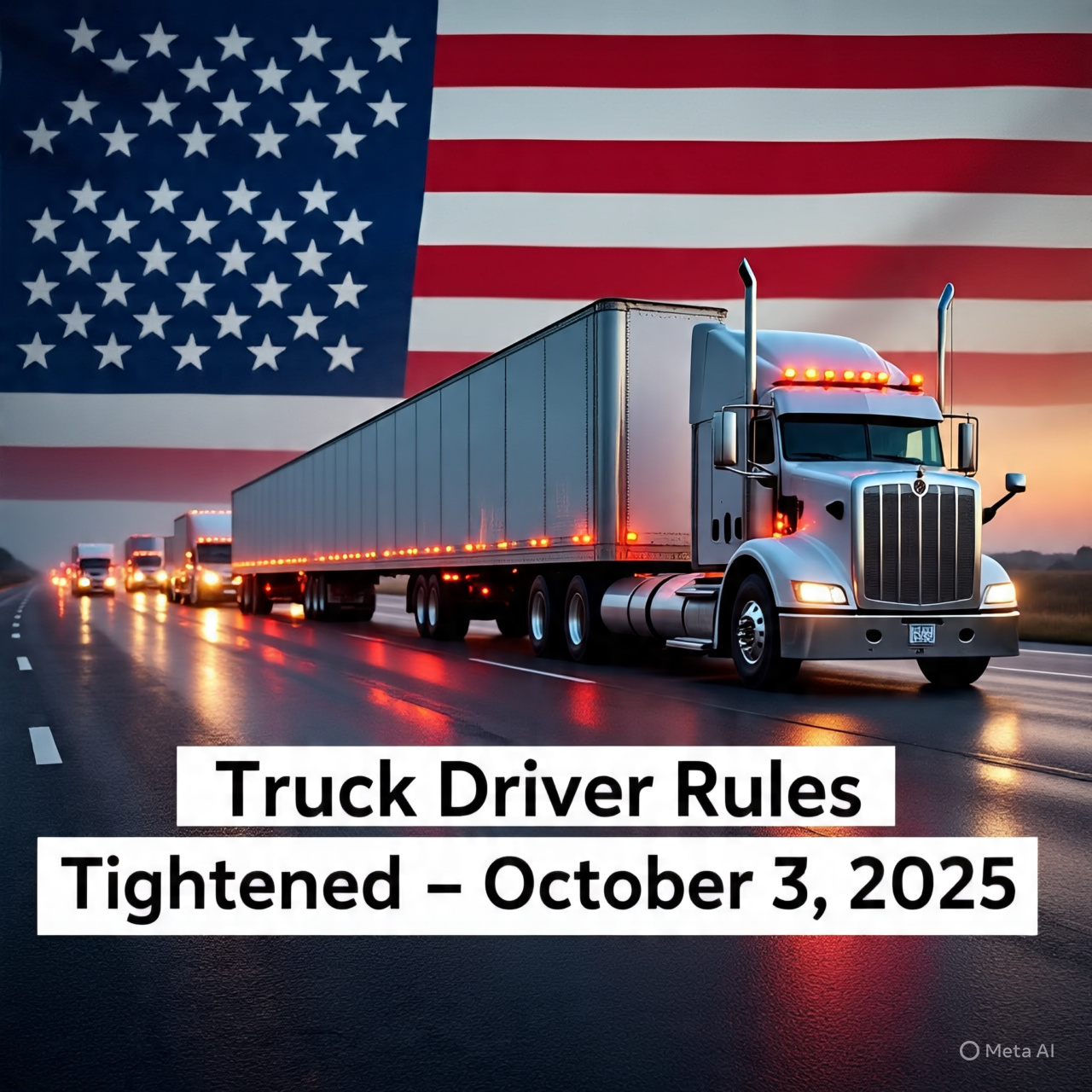

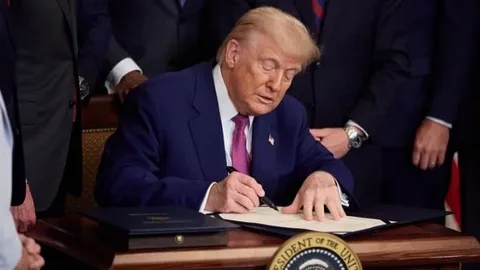



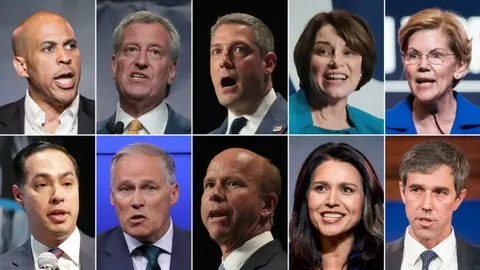
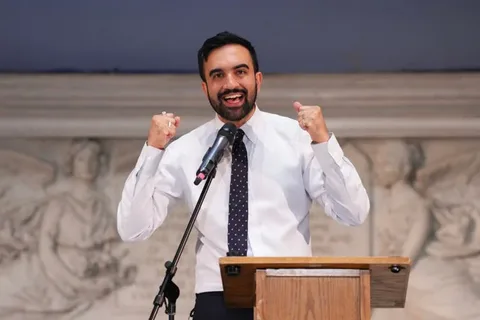
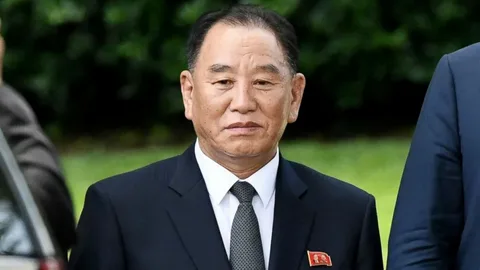


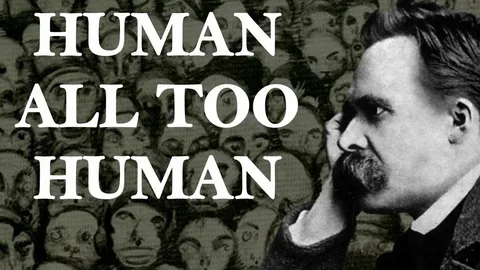
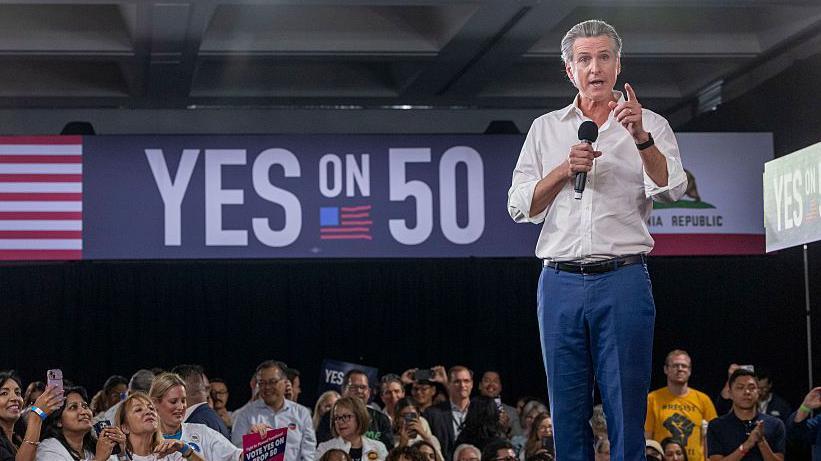
Leave a Reply